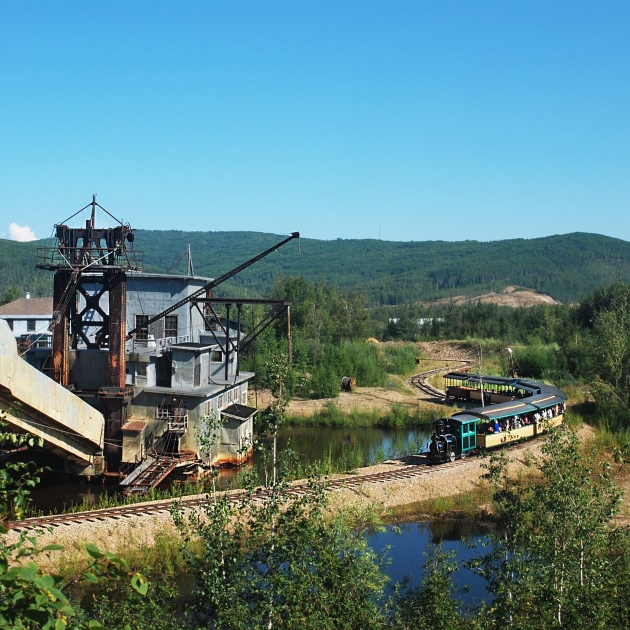Castle Dome Mines Museum is a fascinating day trip from Yuma
Our family follows interesting signs to the roads less travelled
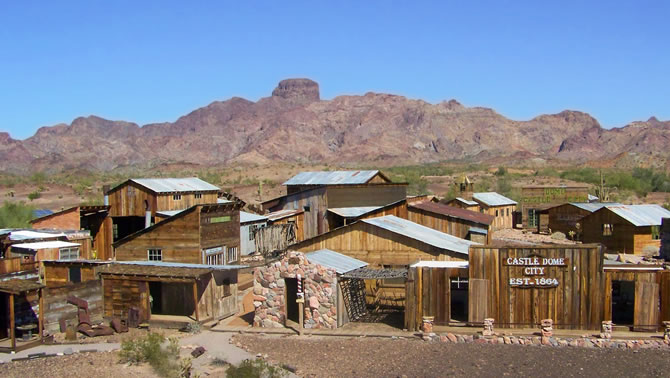
During one of our many trips to Yuma, Arizona, we were driving up Highway 95 and noticed a road named Castle Dome Mine. Never ones to pass up a mine or an unknown area, we followed the desolate stretch of road for nearly nine miles (14 kilometres). The half-hour ride was well worth the wait and anticipation when we finally arrived at the Castle Dome Mines Museum.
Nestled up against the Kofa National Wildlife Refuge, the museum is home to about 360 caves and well over 15 miles (24 kilometres) of underground tunnels and mines that are the remains of a mining boom town dating back to 1863. The mines in this area were originally mined back in the 1600s by the Spaniards and later were instrumental in supplying lead for ammunition factories during both world wars. Castle Dome also holds the record for the world's largest wagon, as well as being the oldest mining district and longest working mine in Arizona.
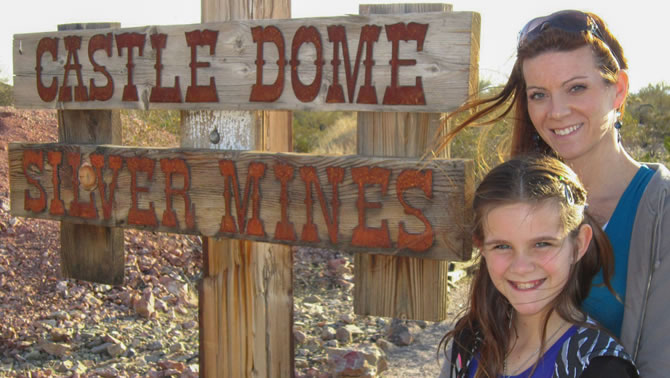
Castle Dome's rich history has been beautifully preserved by the Armstrong family, who purchased the property back in 1994. They welcome visitors, mine enthusiasts and history buffs to their on-site museum, which features over 50 restored buildings and replicas including a saloon, a schoolhouse, a sheriff's office, a bank, mercantile stores and a true Old West hotel. All buildings are accessible and are outfitted to be a spot-on representation of life in 1800s to make you believe you stepped back in time. The museum is saturated with articles of clothing, dishes, 19th century glass bottles, legal documents, usable matchsticks, mining equipment and many other relics and treasures that have been recovered from the Castle Dome Mine site.
In addition to the museum, there is another area to be explored down the street from the museum site. The walking trail takes you farther into Castle Mine country and allows you to see the old mill, the graveyard, more rusted mining equipment, open mine pits and abandoned buildings.
Even in modern days, this area is so secluded from the main highway and miles from any real civilization. The surrounding Kofa National Wildlife Refuge features jagged peaks darting upwards from the base of the mining camp and you get a feel for what life must have been like in this town over 150 years ago.
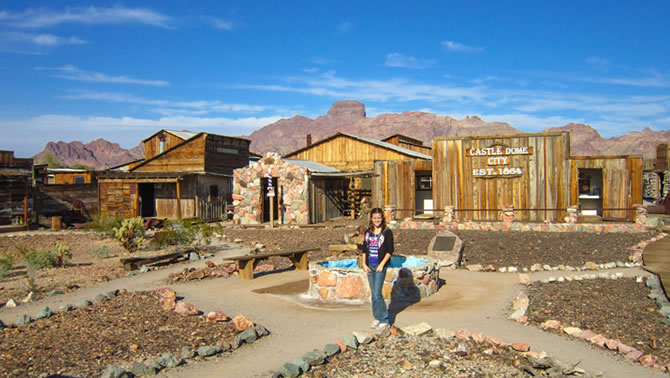
Most records claim that the town's population peaked at 3,000 residents but there appears to be some speculation on those numbers. Although the mine was originally established in 1863, the miners had problems with the local Indians and therefore did not begin modern mining until 1869. The miners were looking to strike it rich in the area's plentiful silver deposits, but the mining boom was short lived and the area proved to be more richly saturated with lead ore and silver prices plummeted.
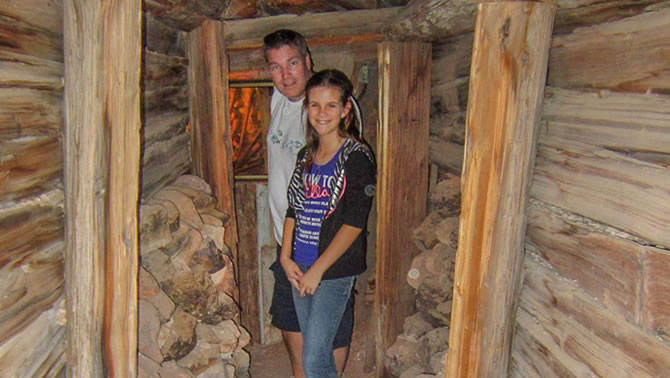
During our time at Castle Dome, we walked the wooden planks around the town, explored mine shafts, imagined ourselves wearing the old western clothing and bellying up to the bar in the saloon, and even found ourselves locked up in the local prison. Roughly 30 miles (48 kilometres) north of civilization, the Old West is alive and well at the Castle Dome Mine and Museum.





